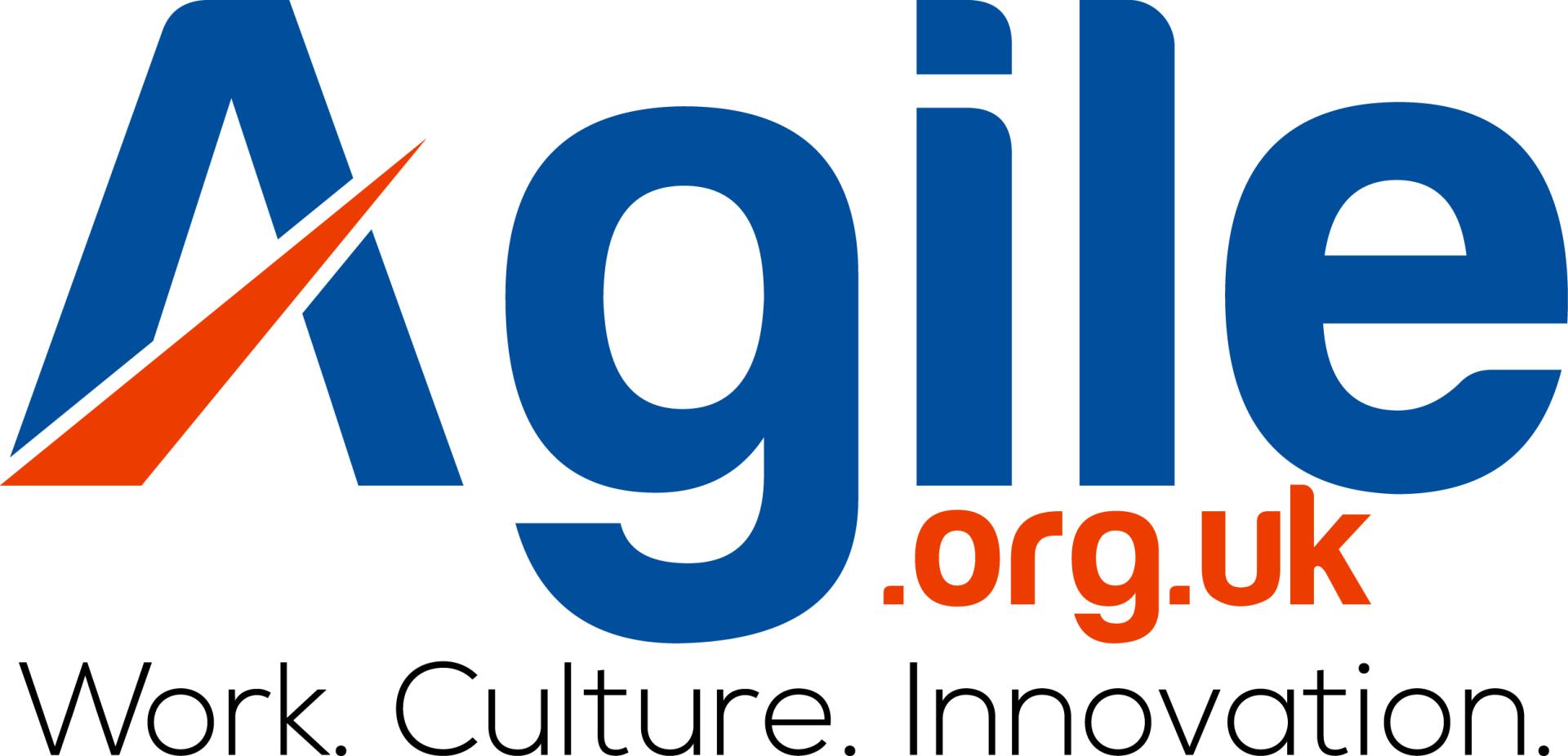Agile working is a concept that has gained significant popularity in recent years, with more and more organizations implementing it in their workplaces. Agile working is a flexible approach to work that focuses on the ability to adapt to change, deliver results quickly, and prioritize customer needs. It is based on the Agile Manifesto, a set of values and principles for software development that have been applied to other industries as well.
Benefits
One of the main benefits of implementing agile working is increased productivity. Agile teams are typically cross-functional, meaning they are composed of individuals with different skills and expertise who work together to achieve a common goal. This approach allows for faster decision-making, as well as the ability to tackle problems and come up with solutions more effectively. Additionally, agile working encourages regular feedback and communication, which helps to identify and address any issues that may arise, further increasing productivity.
Another key benefit of agile working is improved employee satisfaction. Agile teams are empowered to make decisions and take ownership of their work, which can lead to a sense of autonomy and engagement among team members. Additionally, the focus on customer needs and regular feedback can help employees feel more connected to the work they are doing and the impact it has on the organization and its customers.
Drawbacks
In addition to the benefits, there are also some drawbacks to implementing agile working. One of the main challenges is the need for a significant shift in mindset and culture. Agile working requires a high degree of trust, communication, and collaboration among team members, which can be difficult to achieve in more traditional and hierarchical organizations. Additionally, many managers may find it difficult to let go of control and delegate responsibilities to their teams.
Another drawback of agile working is the potential for increased stress and pressure. Agile teams are expected to deliver results quickly, which can lead to a fast-paced and high-pressure work environment. This can be especially challenging for employees who are used to working in a more traditional, slower-paced environment.
Finally, it is important to note that agile working may not be suitable for all organizations or projects. For example, some industries or projects may require a more structured and predictable approach, and may not benefit from the flexibility and adaptability that agile working offers. It is important to carefully assess the specific needs and goals of your organization and project before deciding to implement agile working.
Implementing Agile Working
Implementing agile working can be a complex and challenging process, but with the right approach and strategies, organizations can successfully make the transition. Here are some tips for implementing agile working in your organization:
- Start with a clear understanding of what agile working is and what it entails. This includes understanding the values and principles of the Agile Manifesto and how they apply to your organization.
- Identify the specific goals and objectives of your organization and how agile working can help achieve them. This will help to ensure that the implementation of agile working is aligned with the overall strategy and vision of the organization.
- Build a cross-functional, self-organizing team. Agile teams are typically composed of individuals with different skills and expertise who work together to achieve a common goal. This approach allows for faster decision-making, as well as the ability to tackle problems and come up with solutions more effectively.
- Encourage regular communication and collaboration. Agile working requires a high degree of trust, communication, and collaboration among team members. This can be achieved through regular meetings and check-ins, as well as the use of collaborative tools and technologies.
- Empower your team to make decisions and take ownership of their work. Agile teams are empowered to make decisions and take ownership of their work, which can lead to a sense of autonomy and engagement among team members.
- Prioritize customer needs and regular feedback. Agile working is customer-focused, which means that the needs and feedback of customers should be prioritized. This can be achieved through regular customer interactions and feedback sessions.
- Be prepared to adapt and evolve. Agile working is based on the ability to adapt to change. Organizations should be prepared to adapt and evolve as they implement agile working, and be open to feedback and suggestions from team members.
- Provide training and support. Implementing agile working requires a significant shift in mindset and culture. Organizations should provide training and support to help team members understand and adapt to the new way of working.
- Measure and evaluate the success of agile working. It is important to measure and evaluate the success of agile working in order to identify areas for improvement and make adjustments as needed.
- Be patient and persistent. Implementing agile working can be a complex and challenging process, and it may take time for the organization to fully realize the benefits. Organizations should be patient and persistent in their efforts to implement agile working and make adjustments as needed.
By following these tips, organizations can successfully implement agile working and realize the benefits it can offer.
Conclusion
In conclusion, agile working can offer many benefits to organizations, including increased productivity and employee satisfaction. However, it is not without its drawbacks, and requires a significant shift in mindset and culture. Organizations should carefully consider the specific needs and goals of their project before deciding to implement agile working. With the right approach and strategies, organizations can successfully implement agile working and realize the benefits it can offer.













